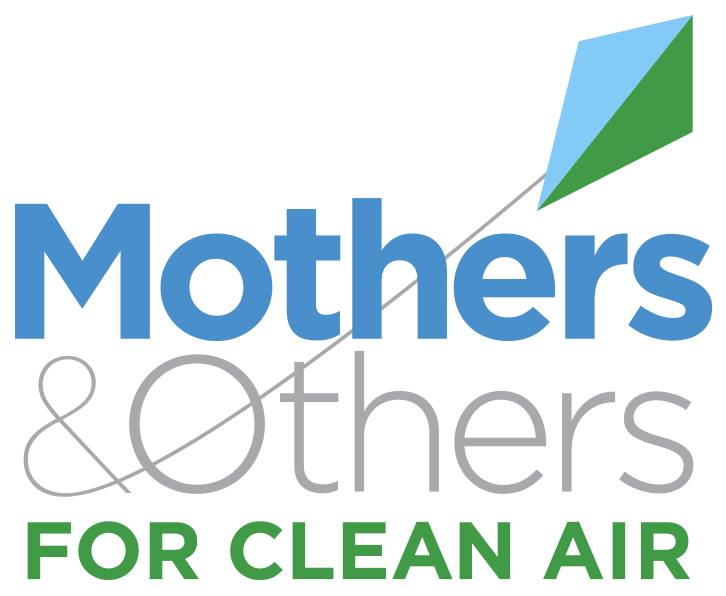INTRODUCTION
The United States and Western Europe have seen great
improvements in air quality, presumably in response to
various regulations curtailing emissions from the broad
range of sources that have contributed to local, regional,
and global pollution. Such regulations, and the ensuing
controls, however, have not come without costs, which are
estimated at tens of billions of dollars per year. These costs
motivate accountability-related questions such as, to what
extent do regulations lead to emissions changes? More
important, to what degree have the regulations provided
the expected human health benefits?
Here, the impacts of specific regulations on both electricity generating unit (EGU*) and on-road mobile sources
are examined through the classical accountability process
laid out in the 2003 Health Effects Institute report linking
regulations to emissions to air quality to health effects, with
a focus on the 1999–2013 period. This analysis centers on
regulatory actions in the southeastern United States and
their effects on health outcomes in the 5-county Atlanta
metropolitan area. The regulations examined are largely
driven by the 1990 Clean Air Act Amendments (C). This
work investigates regulatory actions and controls promulgated on EGUs: the Acid Rain Program (ARP), the NOx
Budget Trading Program (NBP), and the Clean Air Interstate Rule (CAIR) — and mobile sources: Tier 2 Gasoline
Vehicle Standards and the 2007 Heavy Duty Diesel Rule
Published Apr 1, 2018
